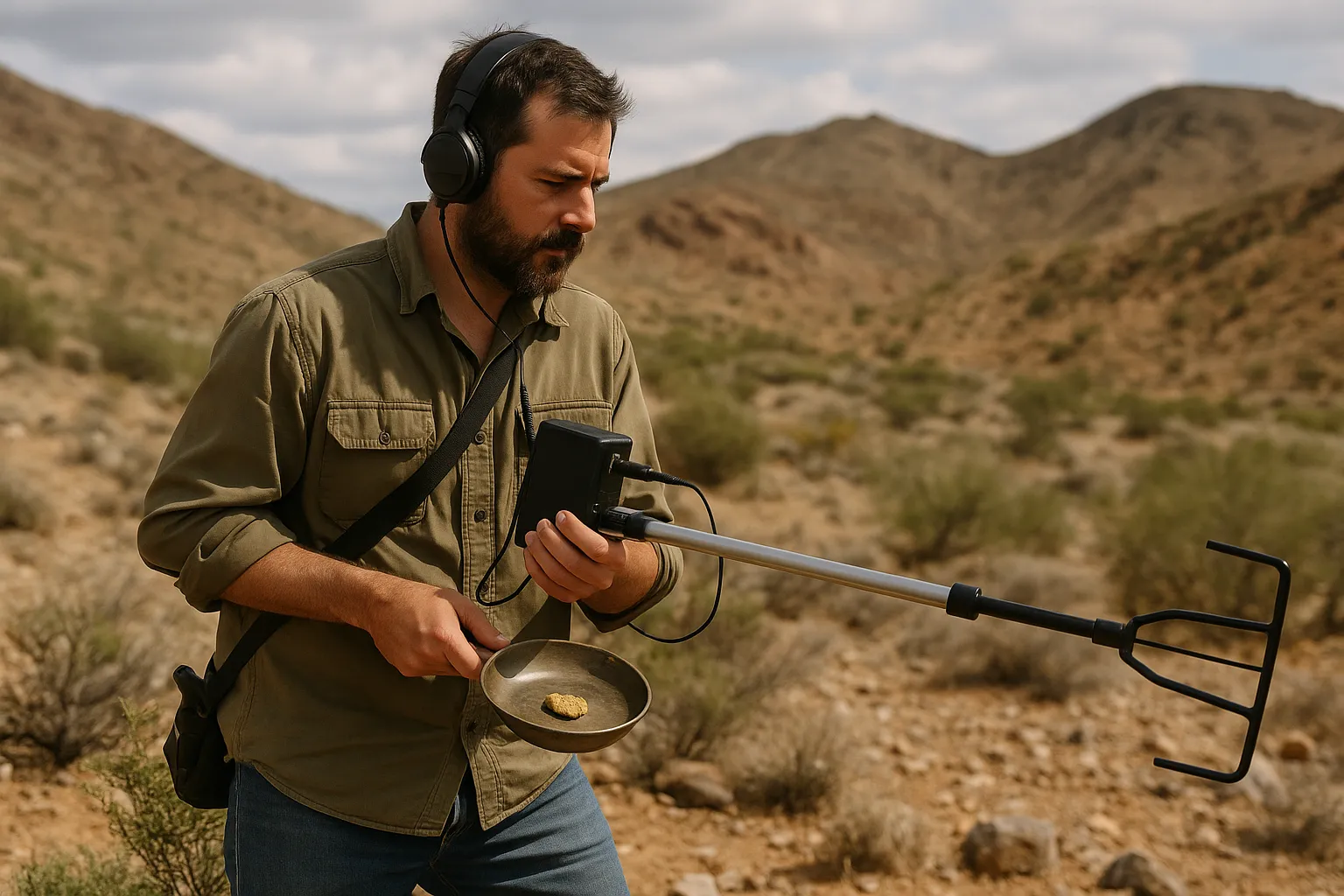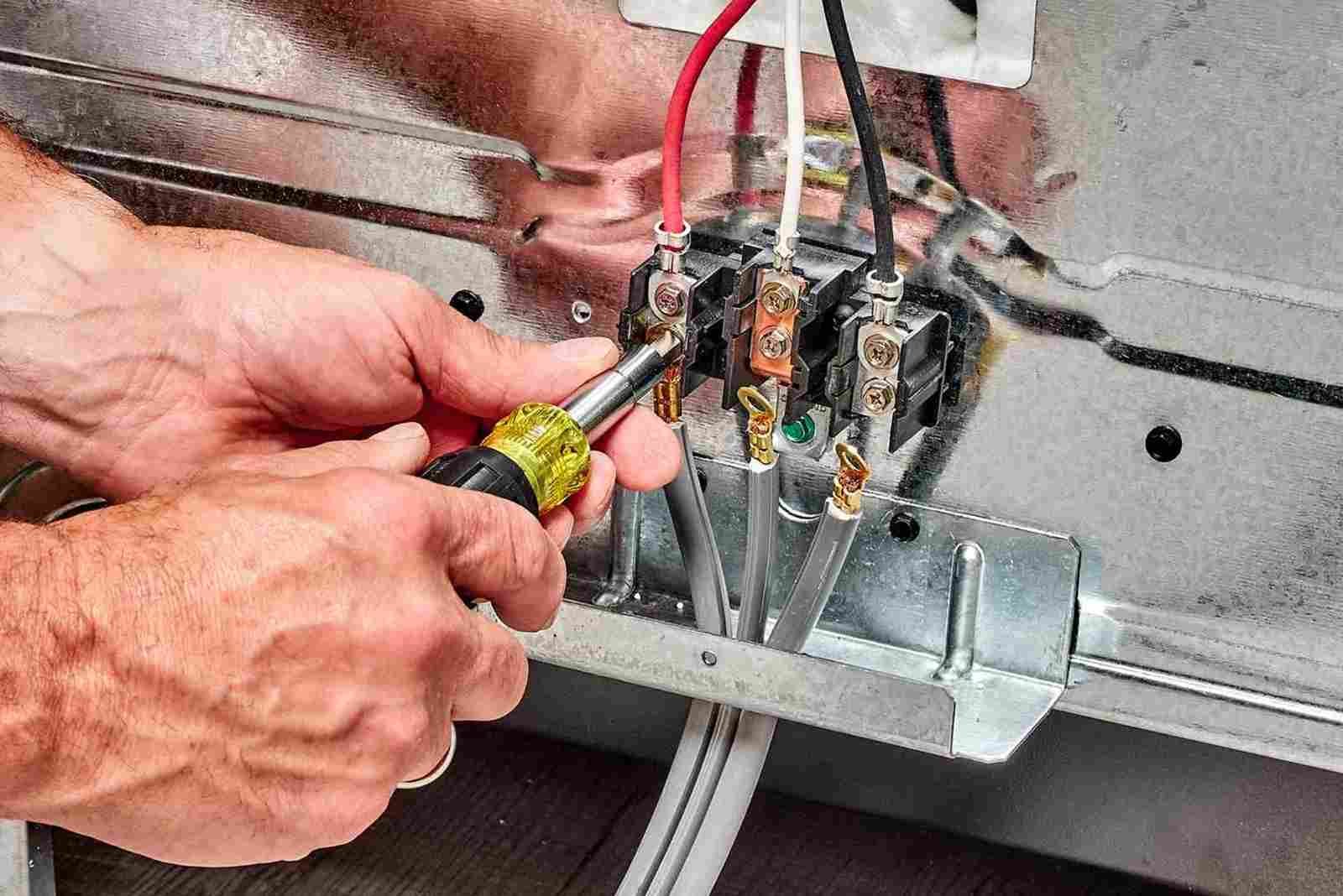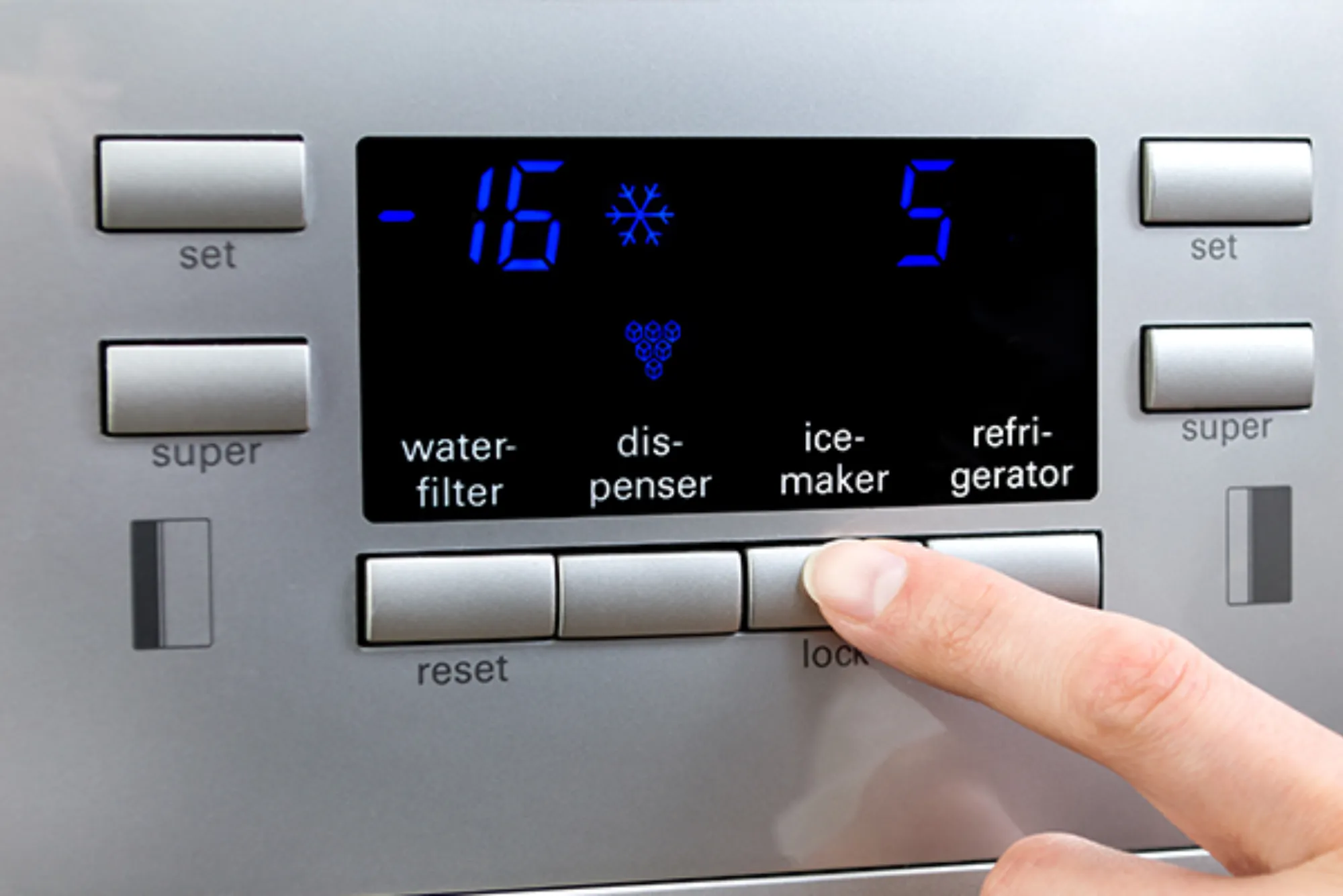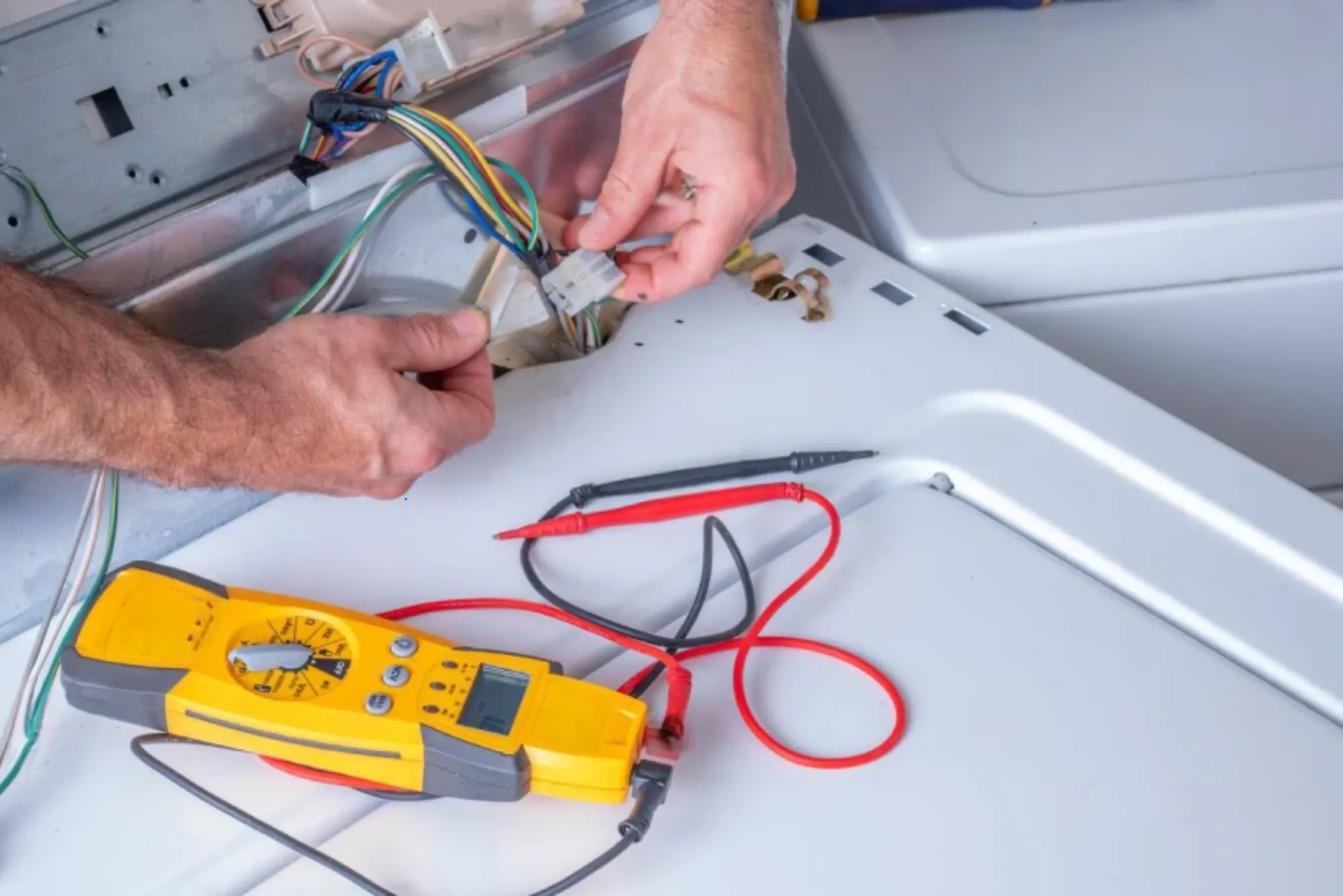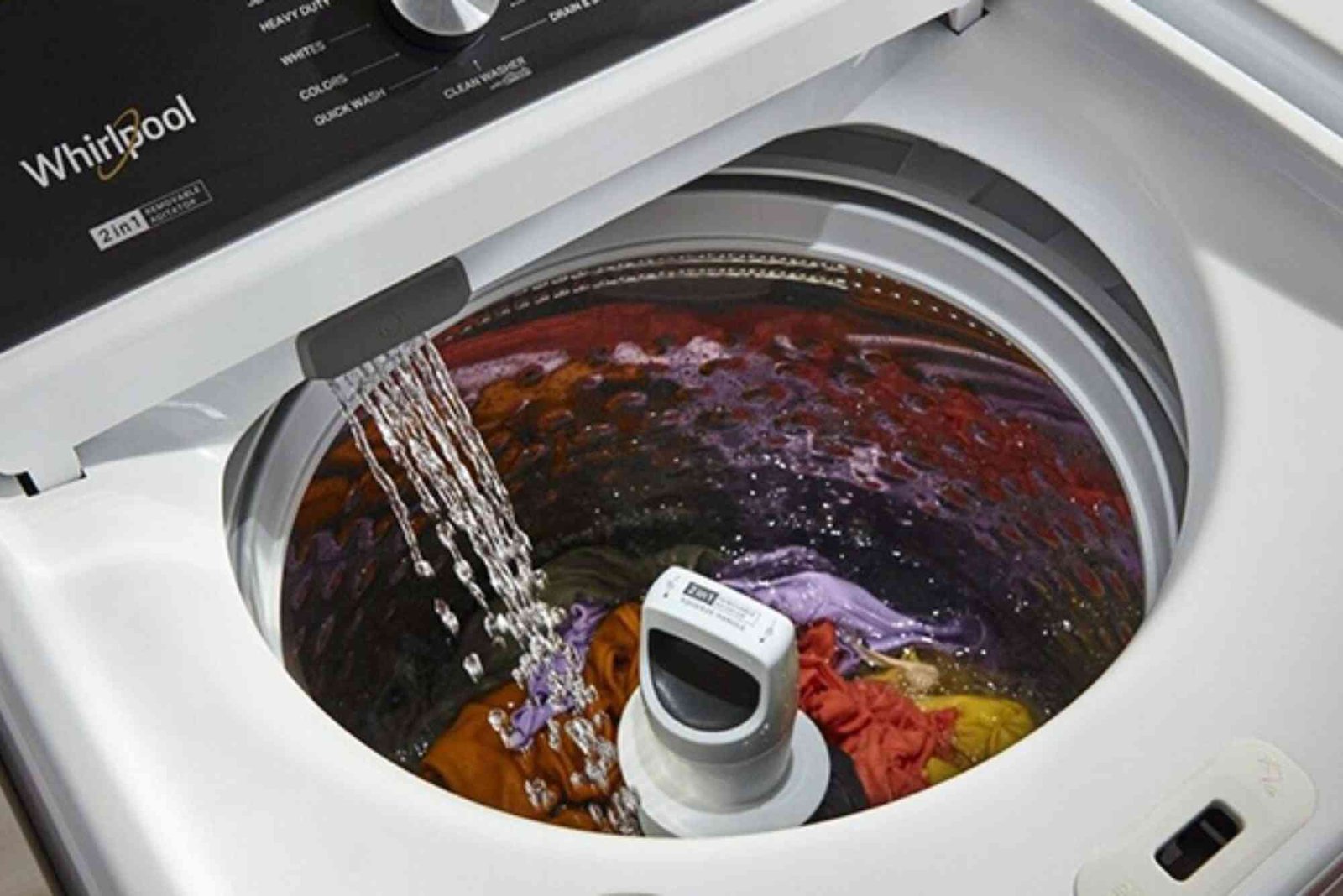Gold prospecting has always captured human imagination. From ancient civilizations to modern-day treasure hunters, the idea of uncovering hidden gold beneath the earth continues to attract thousands worldwide. In recent years, long-range gold detectors have entered the market, often promoted as revolutionary tools capable of detecting gold deposits from hundreds of meters away. But do these devices really live up to their promises, or are they simply appealing gadgets for hopeful prospectors?
Understanding Long-Range Detectors
Long-range detectors are marketed as advanced devices that can locate gold and precious metals at distances much greater than conventional detectors. Unlike traditional systems that rely on electromagnetic induction to identify metal objects beneath the surface, these devices often use antenna-like components and frequency settings to claim they can “tune in” to gold’s signal.
At first glance, this sounds like science fiction, and that’s why skepticism is so common. Seasoned prospectors who have spent years with proven technologies such as VLF (Very Low Frequency) and Pulse Induction machines often doubt the credibility of long-range claims. Still, curiosity continues to drive demand, particularly among beginners or those drawn by the possibility of discovering deep or hidden treasures with minimal effort.
Comparing to Proven Technology
When we compare long-range detectors to established tools, the difference becomes clearer. A professional gold detector machine uses tested scientific principles to identify metals underground, providing audio or visual signals when something is detected. Depth ranges and accuracy are well-documented, and while no detector is perfect, results are consistent when used correctly.
By contrast, many long-range detectors lack clear scientific backing. Independent testing has frequently shown poor results, with signals that are inconsistent or misleading. In many cases, users report false positives, where natural minerals or even environmental factors trigger a response, leading to wasted time and effort.
Real-World Experiences from Prospectors
As someone who has observed prospecting communities closely, I’ve seen mixed reactions to these devices. Some enthusiasts believe they’ve experienced success, crediting long-range detectors with helping them locate promising sites. However, in most of these cases, further digging and scanning with reliable equipment were needed to confirm the presence of gold.
On the other hand, many experienced treasure hunters caution against relying solely on these machines. They argue that while the devices may occasionally indicate areas worth checking, they cannot replace conventional detectors that provide solid, verifiable results. Stories of prospectors investing heavily in long-range systems only to end up disappointed are all too common.
Why Long-Range Detectors Remain Popular
Despite the criticism, long-range detectors continue to attract buyers. The reason is simple: they appeal to hope. The idea of standing on a hillside, scanning the ground, and having your machine point you toward hidden gold is a powerful one. For many, the promise of saving time and effort by avoiding unnecessary digging is worth exploring, even if the science isn’t fully proven.
Marketing also plays a role. Glossy advertisements, success stories, and testimonials give the impression that long-range detectors are the future of gold prospecting. For beginners who may not yet understand how conventional detectors work, these promises can be compelling.
The Science Behind Detection
To better understand the skepticism, it helps to revisit how metal detection actually works. Standard detectors emit electromagnetic fields into the ground. When these fields encounter a metallic object, the object creates a secondary field that the detector senses, alerting the user. This is a proven method with decades of research and development behind it.
Long-range detectors, on the other hand, often lack a clear explanation of their working principle. Some claim to use frequencies that resonate with gold molecules, but independent studies have struggled to verify such claims. Without repeatable scientific results, it’s difficult for experts to consider them reliable.
Should You Use One?
If you’re serious about gold prospecting, investing in a proven gold detector is always the smarter choice. Machines designed with VLF or Pulse Induction technology may not promise magical long-range detection, but they provide reliable data and consistent results when used properly. Long-range detectors may serve as supplementary tools, but relying on them as your primary method is risky.
For hobbyists, experimenting with such devices can be fun, but it’s crucial to approach them with realistic expectations. If used, they should complement rather than replace conventional prospecting techniques.
Final Thoughts
So, do long-range detectors actually work for gold prospecting? The answer is complicated. While some users claim occasional success, the overwhelming evidence suggests that these machines cannot match the accuracy and reliability of established gold detection technologies. They may have a place for curious hobbyists, but for anyone serious about finding gold, proven gold detector machines remain the gold standard—literally and figuratively.

